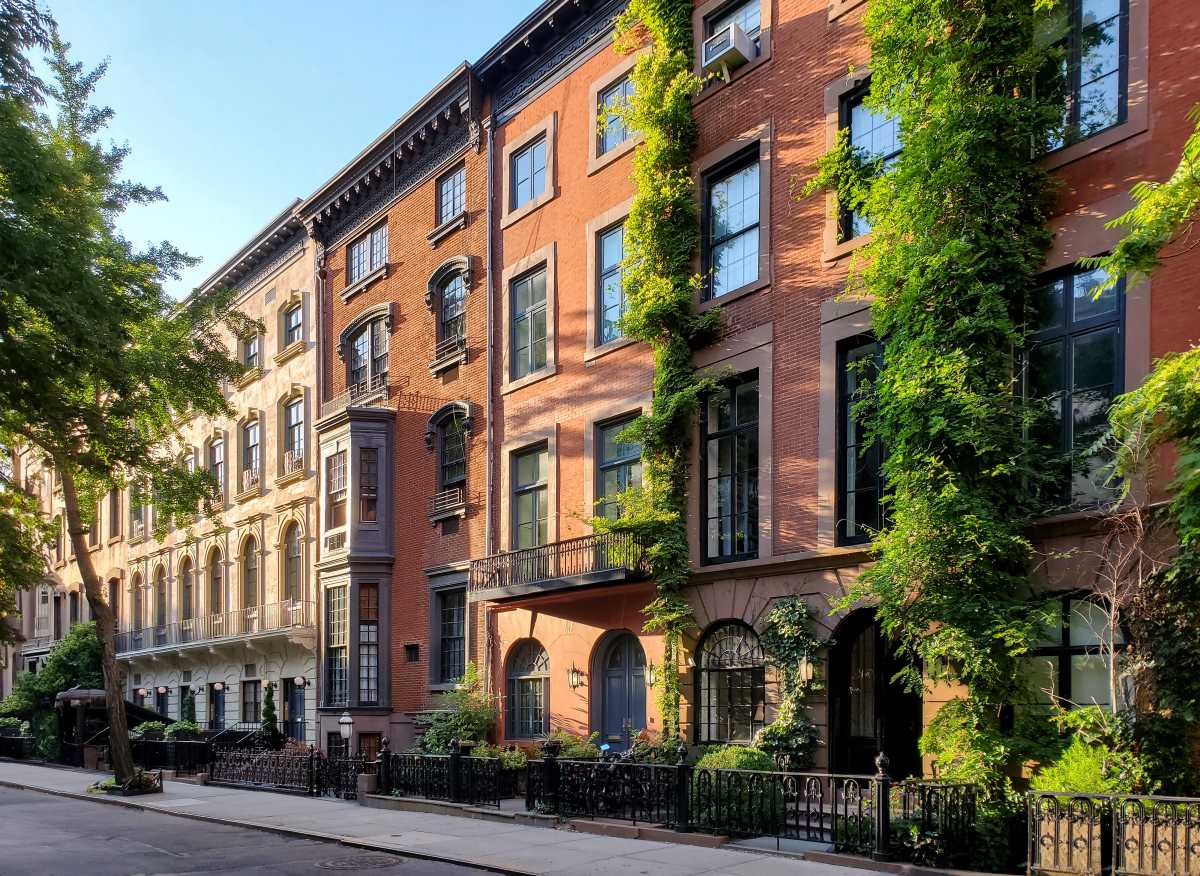By Albert Amateau
The E. Third St. entrance of McKinley Playground
Community Board 5 voted No last month to Fashion Institute of Technology’s plan to transform W. 27th St. into a campus commons. The plan would change the western third of the street from one-way to two-way with a cul-de-sac to allow traffic to turn around.
The 20-6 vote with one abstention at the May 12 full board meeting follows the board’s Transportation Committee recommendation earlier in the year. The rejection is a virtual rerun of the board’s decision four years ago not to support a similar plan for the westbound one-way block between Seventh and Eighth Aves.
While the city Department of Transportation has declared that the proposed streetscape meets safety standards, the board’s rejection cites safety doubts raised by the W. 27th St. Block Association whose members are on the south side of the western third of the block in buildings that F.I.T. does not own.
Block association members also object to the loss of curbside parking space for residents and businesses that would result from the street’s reorganization.
The F.I.T. design calls for eliminating the curbs and raising the street bed to the sidewalk level, with a uniform decorative surface, for the eastern two-thirds of the block, and keeping the curbs on the western third, allowing traffic to enter and leave from Eighth Ave. with a cul-de-sac located one third of a block from Eighth Ave.
Although the most recent version of the plan calls for a reconfigured cul-de-sac, the community board resolution said it was still not large enough to allow large trucks to make a turn.
D.O.T. has not yet made a decision to go ahead with the project, a spokesperson said. Moreover, the city Art Commission, which must approve the street furniture and decorative surface design, has not yet reviewed the plan.
The block association is calling for an alternative that would keep the street one-way westbound, retain the curbs and street level on both sides of the entire block, resurface the entire street and sidewalks with a distinctive pattern and put in trees and street furniture along the sidewalks.
A major point of conflict is parking. D.J. Jaffe, a block association member, called on F.I.T. at a public meeting last month to “stop using 27th St. as a private parking lot for Joyce Brown’s chauffeur-driven state car and other F.I.T. vehicles.” Dr. Joyce Brown is president of F.I.T.
Jaffe said later that he took a photo in early June of Brown’s car parked at the curb in front of an F.I.T. building near Seventh Ave. where Brown has an apartment.
Brenda Perez, spokesperson for F.I.T., responded by saying, “The car doesn’t park; it idles there for a short period to take Dr. Brown where she has to go to fulfill her function as president.”
Assemblymember Richard Gottfried said he hopes to help resolve differences between F.I.T. and the block association. “I really feel the plan is a good one but rough edges need to be fixed,” he said. “I hope F.I.T. and the residential and business community can both be flexible,” he added. Gottfried’s district office is located on the western part of the block.
Transportation Alternatives, the civic organization calling for pedestrian-and-bicycle-friendly streets, supports the F.I.T. Commons plan for the block. Tom Angotti, a Hunter College urban affairs professor, said in a letter last month, “The Commons plan will create a first-class public space and a valuable public benefit for the city and the surrounding neighborhood.”
Mark Fleischman, executive vice president of UNITE HERE, the affiliate of the needle trades union that owns the union building at 275 Seventh Ave. at W. 26th St., also wrote in support of the Commons plan.





































